Every night in the Northern Hemisphere, a quiet sentinel waits above the horizon: Polaris, the North Star. It isn’t the brightest jewel in the sky, yet for centuries it has anchored maps, myths, and the mathematics of navigation. Sailors once staked their lives on it; astronomers still test cosmic yardsticks against it. Beneath its steady appearance lies a complex, evolving system that pulses, partners, and shifts with Earth’s slow wobble. Understanding why this single star matters reveals a story that runs from ancient oceans to the expanding universe – and to your own backyard tonight.
The Hidden Clues
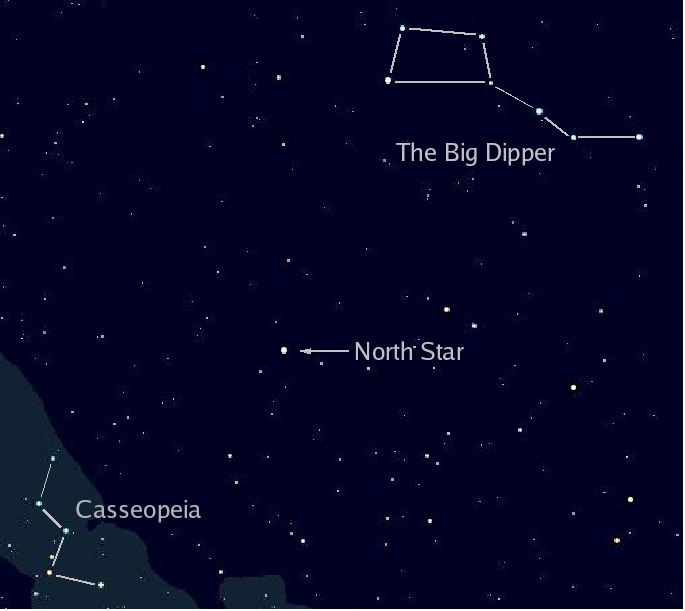
What if the most trustworthy guide in the night sky isn’t the shiniest at all? Polaris looks modest to the eye, but it sits astonishingly close to the north celestial pole, the pivot point around which the whole northern sky appears to spin. That near-perfect alignment turns it into a cosmic compass: face Polaris, and you face true north, no magnets required. Because the star hardly seems to move while other stars wheel around it, even a beginner can learn to use it within minutes.
Here’s the twist: Polaris isn’t exactly fixed, and that tiny offset matters. As Earth precesses – slowly wobbling like a spinning top over roughly twenty-six thousand years – the star’s position relative to the pole changes by small but measurable amounts. Around the year 2100, Polaris will be the closest to true north it gets in our era, about a Moon’s width away. I still remember the thrill of clocking that offset with a simple finder scope on a freezing winter night; it felt like catching the planet mid-breath.
From Ancient Tools to Modern Science

Long before GPS, navigators treated Polaris like a trustworthy friend who always showed up. On a clear night at sea, mariners could estimate latitude by measuring the star’s height above the horizon, turning the sky into a map and a protractor in one. On land, explorers and caravans used the same trick, pairing Polaris with a simple sextant or a handmade angle stick. The difference between safe arrival and disaster often hinged on that steady point of light.
Today, satellites and inertial systems get the headlines, but Polaris remains a benchmark in classrooms, fieldwork, and survival training. Scouts still learn to find it using the Big Dipper’s “pointer” stars or Cassiopeia’s W as a signpost. Astronomers use its precise coordinates to calibrate mounts, align telescopes, and test models of Earth’s rotation. The star stands at the intersection of folk wisdom and precision science – and that crossover gives it staying power.
What Polaris Really Is
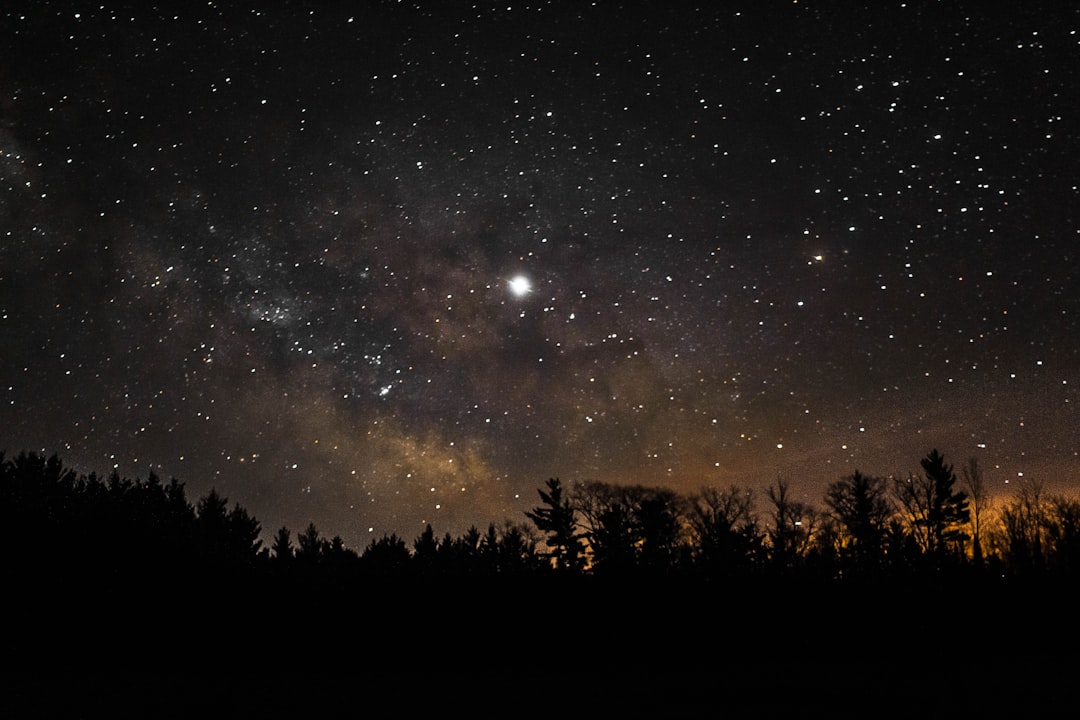
Despite the singular name, Polaris is a family affair: a multiple-star system anchored by a yellow-white supergiant. The primary star, often labeled Polaris Aa, dominates the system, with a close companion tucked in so tight it takes serious optics to separate the pair. A more distant, easily spotted companion rounds out the trio, creating a gravitational dance that subtly shapes what we measure from Earth. You’re not looking at a lone beacon; you’re seeing a team effort.
Polaris sits approximately four hundred and thirty light-years away, though recent measurements suggest it may be somewhat closer, bright but far from the top of the sky’s leaderboard, landing around the fiftieth-brightest to the unaided eye. That distance has been tested and debated because ultra-bright, pulsating stars can trick our instruments. The system’s complexity turns Polaris into both a gift and a challenge: a natural laboratory with built-in variables. For scientists, wrestling with those variables is exactly the point.
A Star That Breathes
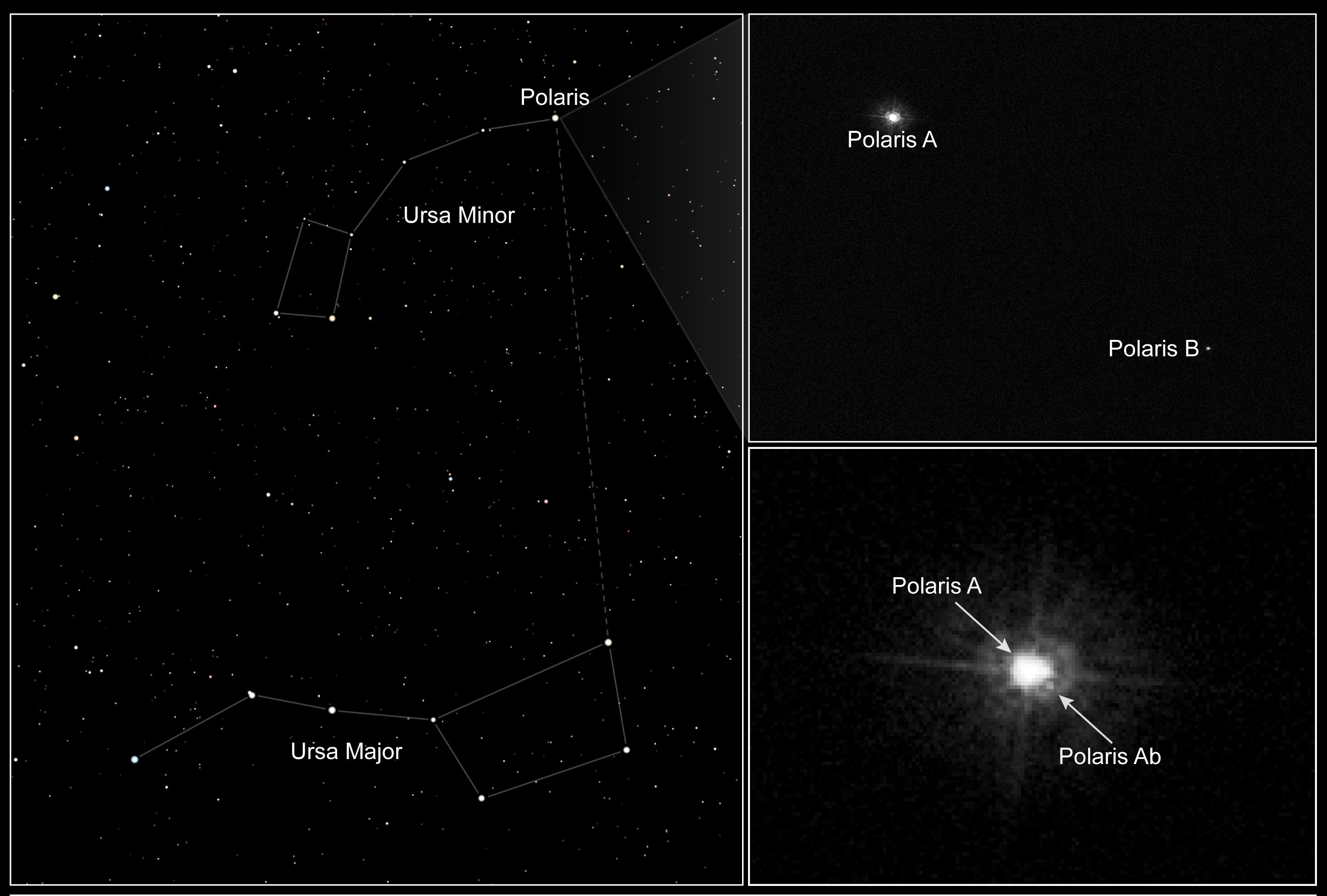
Polaris is a classical Cepheid variable, which means it rhythmically swells and shrinks, getting a shade brighter and dimmer on a cycle of roughly four days. Think of it as stellar breathing, a heartbeat written in light rather than sound. Cepheids are priceless because their pulsation periods tie directly to their true luminosities, making them standard candles for measuring vast cosmic distances. When you measure a Cepheid’s blink, you get a ruler for the universe.
Here’s the intriguing part: Polaris’s amplitude has changed over the last century – shrinking for decades and then hinting at a rebound – giving astronomers a front-row seat to stellar evolution in real time. Those shifts challenge our models and sharpen the cosmic distance ladder used to estimate the size and age of the universe. It’s not just a local guide; it’s a key rung in a measurement system that stretches to faraway galaxies. One star, many scales of meaning.
Finding Your Way Tonight

If you can find the Big Dipper, you can find Polaris. Draw a line through the Dipper’s two outer bowl stars and extend it about five times their separation; the next bright point on that path is your target. If the Dipper is low or hidden, swing to Cassiopeia’s W on the opposite side of the pole and bisect its middle points to land in the same neighborhood. With a little practice, the pattern snaps into place like a familiar street corner.
Once you’ve got it, use Polaris to test your latitude: the star’s altitude above the horizon mirrors your position north of the equator. A fist held at arm’s length covers roughly ten degrees, a handy way to check the angle without gear. You’ll notice Polaris sits a touch off exact north, a reminder that Earth is always on the move. That tiny mismatch is a teachable moment every clear evening.
Why It Matters
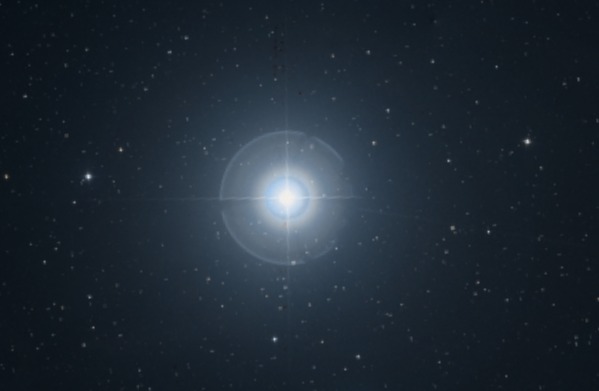
We live in an age of automated navigation, but redundancy is wisdom, and Polaris is the ultimate backup. Unlike electronics, it doesn’t need power, a signal, or a subscription – it’s just there, a reliable check on your tools and assumptions. Historically, this mattered for survival; today, it matters for resilience and scientific literacy. Knowing how to read the sky is a quiet form of preparedness that also deepens our place-based awareness.
In astronomy, Polaris’s Cepheid nature ties local stargazing to the largest questions we can ask. By helping calibrate distances, the star underpins estimates of galactic scales and the tempo of cosmic expansion. Compared with traditional land-based surveying or dead reckoning at sea, Polaris offers a direct, visual link between where you stand and where the universe stretches. That continuity – from campfire navigation to cosmology – is rare, beautiful, and worth protecting.
The Future Landscape
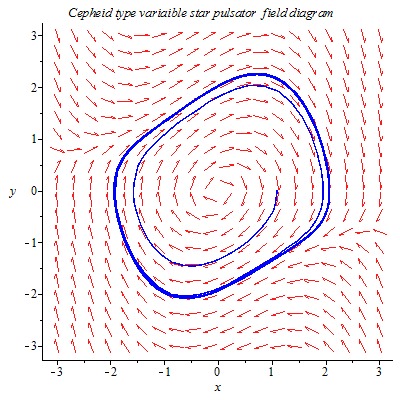
Polaris’s story is still unfolding, in part because our instruments keep getting sharper. Interferometers can now map stellar surfaces and measure diameters with exquisite precision, putting hard numbers on the star’s pulsations. Space missions refine distances and motions, building a better baseline for every model that relies on Cepheids. Each technical leap turns yesterday’s approximations into today’s measurements.
Looking ahead, expect improved tracking of the system’s companions to refine mass estimates and evolution timelines. As Earth’s axis continues its slow precessional sweep, Polaris will drift from the pole again, and our descendants will inherit a new pole star thousands of years from now. Meanwhile, wide-field surveys will monitor millions of variables, situating Polaris within a richer family tree of pulsating stars. The more we compare, the better we understand what makes this one tick.
Conclusion

Step outside on a clear evening this week and find Polaris using the Big Dipper or Cassiopeia – turn the sky into your map. Share the trick with a kid, a neighbor, or a friend who thinks the night is just darkness; it’s a classroom waiting to happen. If you have binoculars, sweep the area and try to pick out the wider companion; it’s a tiny victory that changes how you see the whole dome of stars. Keep a simple notebook and log Polaris’s altitude and sky conditions; patterns emerge faster than you’d expect.
Support your local planetarium, dark-sky initiatives, and science clubs that teach hands-on navigation and variable-star observing. Encourage schools to pair Earth science with night-sky labs so students connect latitude, motion, and measurement under a real horizon. The North Star thrives in community curiosity and clear air – two things we can choose to cultivate. Will you look up tonight and take your first bearing by starlight?

Suhail Ahmed is a passionate digital professional and nature enthusiast with over 8 years of experience in content strategy, SEO, web development, and digital operations. Alongside his freelance journey, Suhail actively contributes to nature and wildlife platforms like Discover Wildlife, where he channels his curiosity for the planet into engaging, educational storytelling.
With a strong background in managing digital ecosystems — from ecommerce stores and WordPress websites to social media and automation — Suhail merges technical precision with creative insight. His content reflects a rare balance: SEO-friendly yet deeply human, data-informed yet emotionally resonant.
Driven by a love for discovery and storytelling, Suhail believes in using digital platforms to amplify causes that matter — especially those protecting Earth’s biodiversity and inspiring sustainable living. Whether he’s managing online projects or crafting wildlife content, his goal remains the same: to inform, inspire, and leave a positive digital footprint.



